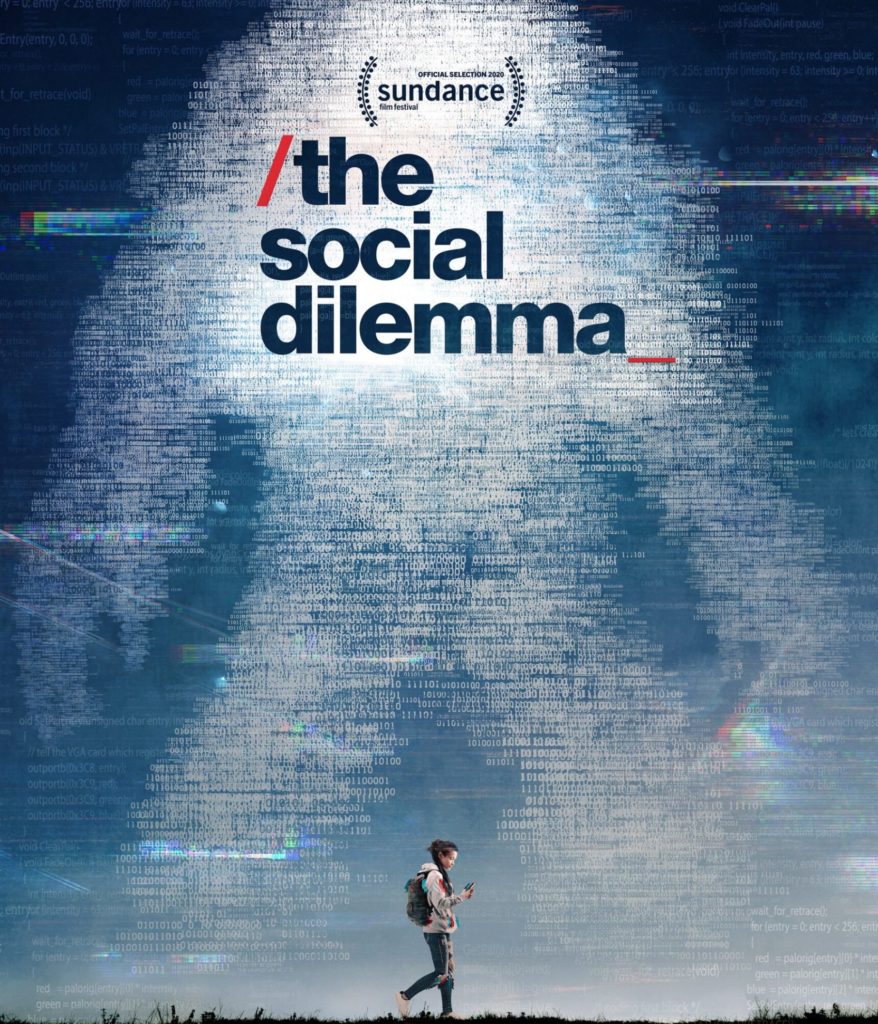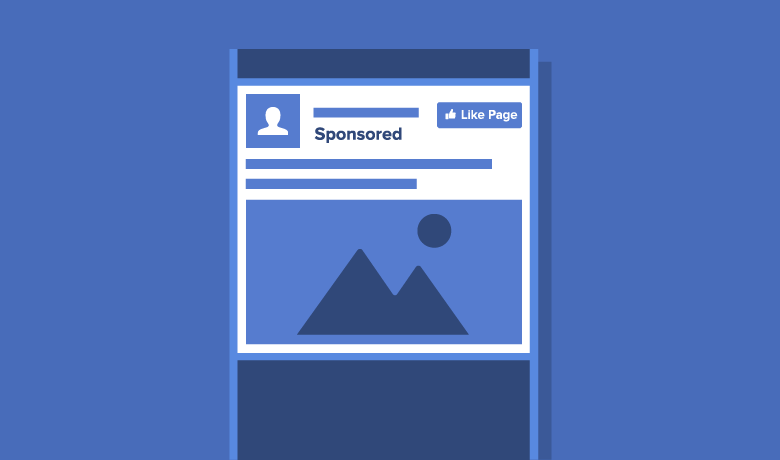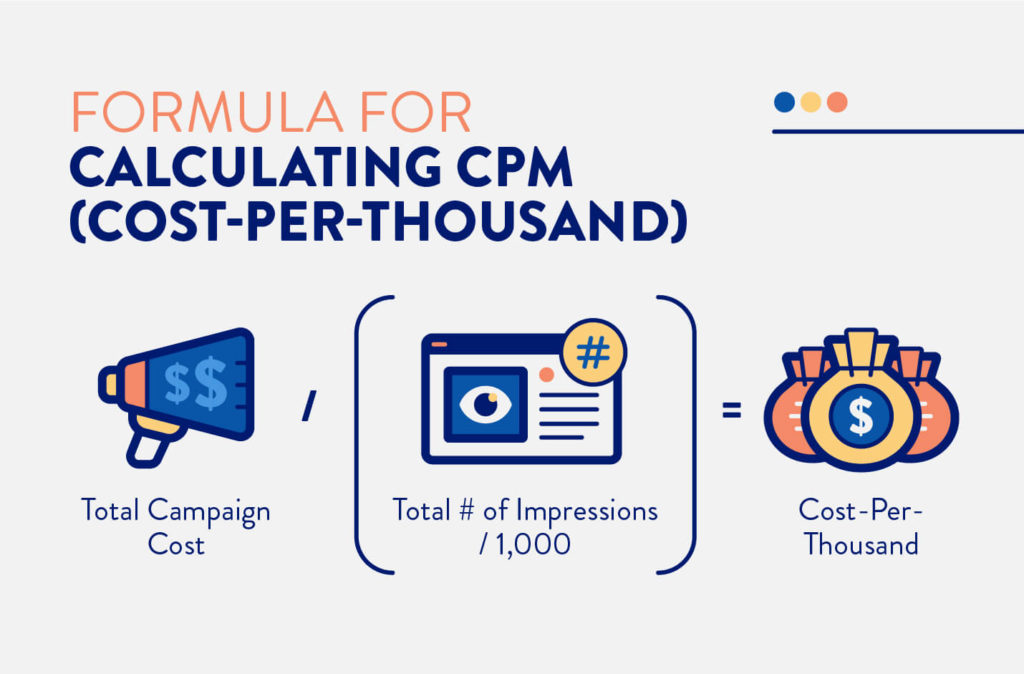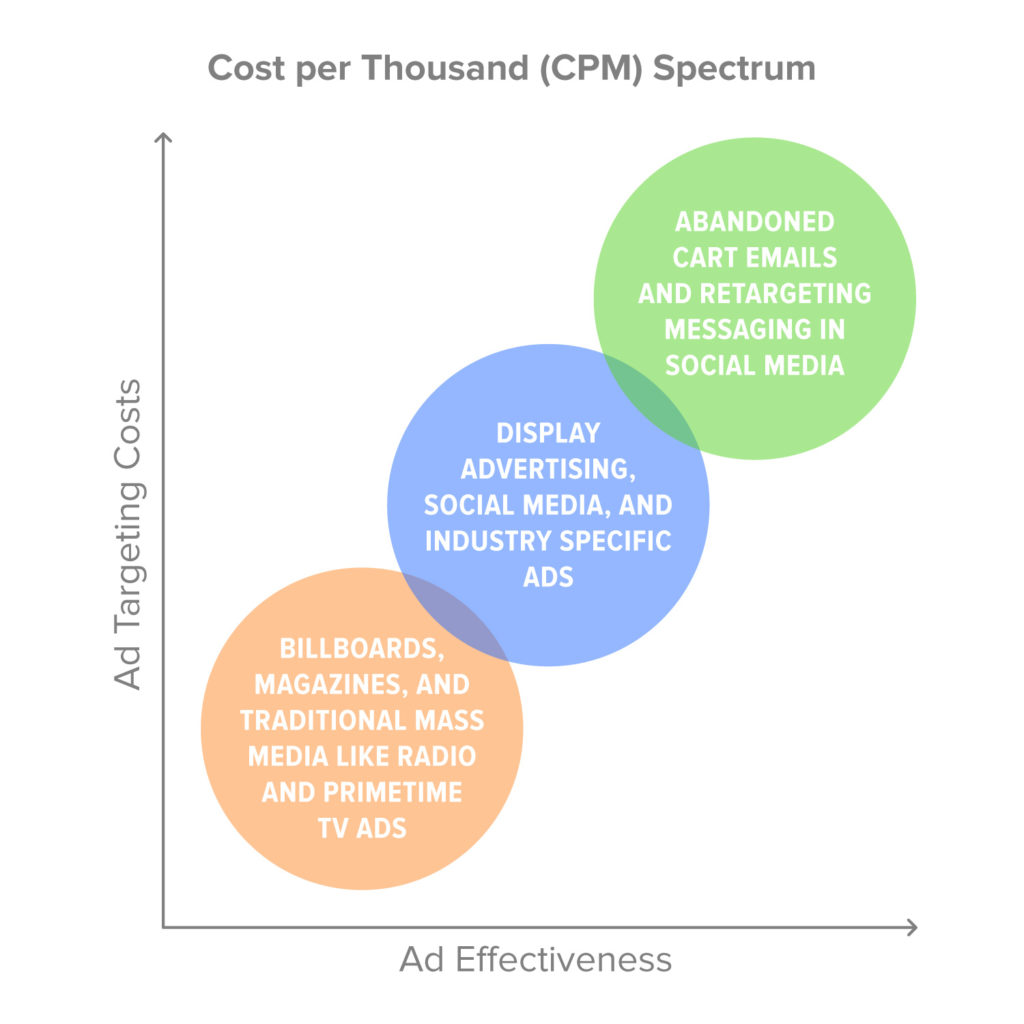
Many of you may have seen the recent documentary, “The Social Dilemma,” a scary look at how some aspects of social media are damaging to society. It polarizes our news and our views. There are several similar films and media including “The Great Hack,” “Agents of Chaos,” “Black Mirror,” and others. All of these are trying to make sense of this social experiment we’ve stumbled upon called social media. If you have Gen-Z or Millennial children you have probably struggled with things like cyber bullying, screen time, social addiction, and inappropriate content much of your kids’ lives. You and many Americans may be thinking, maybe these networks aren’t all roses. And many of your customers are likely reconsidering where they put their ad dollars. I am here to share the most effective place for them to go.
As a company I can’t BUY that space on my customers heads. I have to EARN it.
– Ben Roberts

As a marketer, I’m sad to say I’ve understood how much information these networks know about us for much longer than the average person. I can also honestly say I’ve exploited the information Facebook and other social platforms collect on their users to create more targeted and efficient ads. It’s what marketers do. It’s effective and while the next generation of marketers may look back on this last decade grimly, today’s marketers look at it as a golden era of information and access into people’s interests and buying patterns that let us build companies and grow audiences. But my thinking on all of this started to change several years ago when I moved from working for an ecommerce startup to a headwear supplier. I had to leave the previous company I worked for because even though we were able to get ads in front of people easily and efficiently, and even though they often bought something from those ads, these customers didn’t last. They didn’t keep returning. They were one hit wonders and we ended up paying a lot of for those customers without reaping the benefits of a long-term, trusting relationship.
Ad efficiency and efficacy are very different things.
As I transitioned into B2B marketing I felt like I was stepping back in time. It was a place where people believed magazine advertising worked and good ol’ fashioned relationships drove business. And as I learned more about the history of promotional products and saw these Ad Specialty company’s customers and the results of their efforts, I started to see that impression values and efficacy (how much they work) vary WIDELY across advertising mediums.

Marketers use a measure of advertising costs called CPM which stands for ‘cost per thousand’ and is usually talked about in impressions. The general idea is that the more targeted your advertising, the higher the cost but the more effective it becomes. Down at the bottom end of the targeted advertising spectrum are things like billboards, magazines, and traditional mass media like radio and primetime TV ads. Further up the CPM and efficiency ladder is Display advertising, social media, and industry specific ads. Finally, there’s highly targeted intent based advertising, which mixes across digital channels, that’s things like abandoned cart emails and retargeting messaging in social media.

We are social animals and love what other people think.
Now that we have a common understanding of ‘ads’ there’s one aspect that really affects their efficacy. And that aspect is social proof. You’ll see companies advertise their number of 5-star reviews or their ‘as seen on tv’ list. This is to create proof that people buy and like their products. The stronger the proof, the more effective the ads. Humans are social beings and nothing is more powerful to us than believing someone else uses and likes this product or that service. But the intrinsic problem with most advertising is everyone knows that companies are buying that space. No matter how great a bill board looks, we know the owner sold the space to a brand to put whatever they wanted on it.
This brings us to why promotional products are SO powerful. There are varying levels, but all in all, compared to the other forms of advertising, promotional social proof is off the charts. Let’s take hats for example. Everyone owns a hat (or lots of hats) and people only wear hats they like. Unlike social media, where any company can serve you an ad on your news feed, a cap only has one real spot and that spot is reserved by the person wearing that cap. Since you and I understand that the person wearing the cap CHOSE to wear it, we get that they are more deeply endorsing the product, brand, or service the hat represents than any ‘ad’ ever could. And that’s the difference. As a company I can’t BUY that space on my customers heads. I have to EARN it. It’s what makes hats exceptional brand building tools and a way not to just gain exposure but to get deep endorsement and social proof at scale.
The average $10 promotional hat gets 3,400 impressions over an average 10 months of use. That is 3/10th of a penny per impression. The average social media post costs a company 7/10th of a penny (twice as much) to serve and it’s value is intrinsically lower because of this lack of social proof we just talked about.
Do yourself and your customers a favor, use promotional products in your marketing mix, and more specifically, when you have the chance, choose headwear to build your brand.